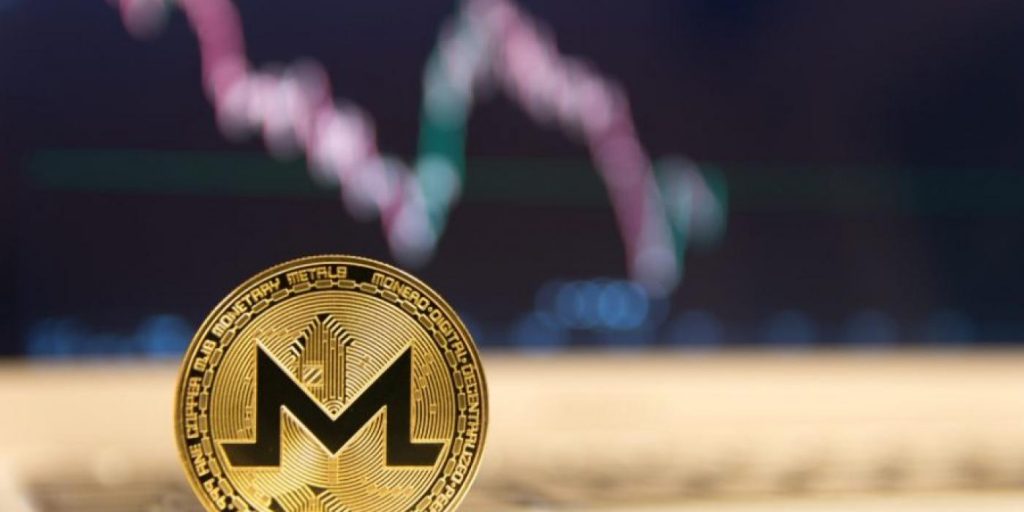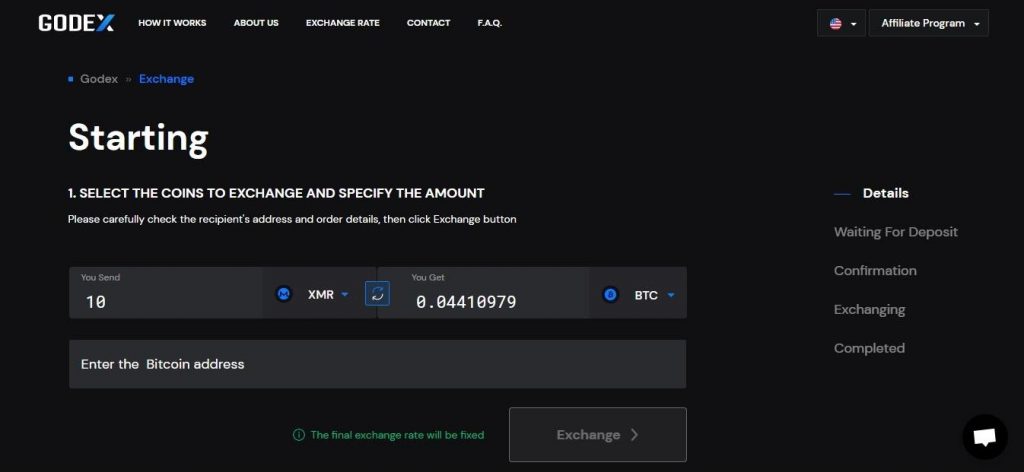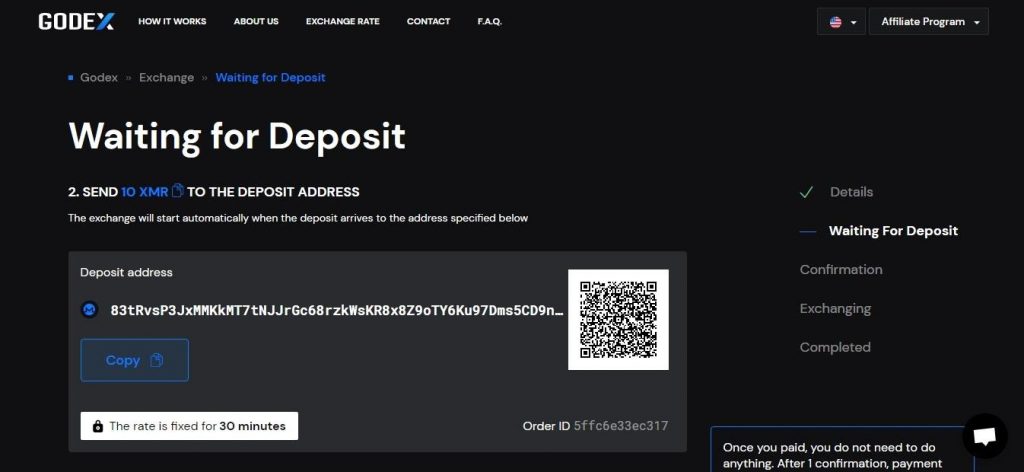Monero (XMR) is considered one of the leading digital currencies in the crypto market, especially in the private coin sector. The cryptocurrency is limited to 18.4 million coins and 90% of them have already been mined.
Unlike Bitcoin that is pseudonymous Monero tends to be private crypto that isn’t going to show who sends who cash and how much of it. What is interesting is that Monero’s transactions can’t be traced and tracked which make finding the place of origin very difficult, and connecting any transaction to other virtually impossible. Monero wasn’t created to do this for some criminal organization, that can benefit them to be perfectly honest, but it was more aimed toward stopping companies from analyzing your data.
Even though there are only about 10% of Monero coins available for crypto investors to mine, it is expected that even after all the coins are gone, there will be a “tail emission.” But, what does that mean for investors?
What is a Tail Emission?

Source: cryptonews.com.au
Tail emission is the constant subsidy of block rewards even after all the Monero is exhausted. The Monero tail emission allows for the fee market of the currency to develop. Monero plans to mint additional 150,000 coins per year to incentivize miners, and this amounts to a little less than 1% inflation per year.
The block reward will never reach zero but will drop gradually until it’s worth 0.6 XMR for each block. Miners won’t rely exclusively on the market for a fee, and it will always be possible to mine XMR. The tail emission is meant to please miners. Also, some other cryptocurrencies do not support these protocols.
How Tail Emission Affects XMR Price

Source: cryptonews.com.au
Now that you know what tail emission is, how does having this protocol in place affect the price of Monero?
Stable Inflation Curve
When the tail emission kicks in, Monero will have stable and controlled growth, which makes it easier to pay miners due to the expected inflation. The stable inflation curve means that crypto investors will have the potential to make a profit from price fluctuations.
Another plus side is that the inflation curve here is easily calculated which means an accurate projection of it for a longer period. As we all know FIAT currency has a tendency to be unstable and from period to period or year to year it can grow and decrease. Monero has it beaten there allowing everyone who can, to calculate just how the inflation is moving. If you didn’t know Monero’s inflation is linear and is trending toward 0% while fiat currency has exponential inflation.
The XMR Amount Constantly Expands and Does not Reach 0
No matter how much the XMR moves, it’ll never touch zero on its curve. This is because a fixed amount of Monero will be generated every year, relative to the base of Monero that has already been generated.
This should be enough of an incentive, as well as an invitation for you to start mining Monero. It will never go scarce because there is no good in having something this good and stable and make it unobtainable, with low security and attack prone.
Is Monero a Good Investment Compared to Bitcoin?
With all that’s been said about tail emission, the next thing to consider is whether XMR is a sure investment now, especially when you trade it with BTC.
Pros:
- Since XMR has a tail emission, the currency blockchain will continue to improve due to demand from miners.
- BTC has a hard cap so once all the coins have been mined, there will be no demand among miners and the Bitcoin blockchain will be less secure than today.
- XMR is usually known as one of the best coins in the privacy market and is untraceable.
- XMR has the best protection features of all cryptocurrencies and those are Ring CT or Ring Confidential
- Transactions and Stealth Addresses. With these, the privacy of both sender and receiver are secure and safe.
- Lower fees are another pro for XMR. If you didn’t know XMR has something called Bulletproofs. These reduced the size of each transaction to be made up of less data, they managed to fit more transactions in a single Monero block which makes it less competitive and cheaper for transactions to get confirmed.
- XMR uses simpler mining technology than Bitcoin. Monero boasts with its RandomX which is a mining algorithm that is ASIC resistant and compatible with your ordinary equipment.
- Thanks to a simpler mining solution in the get-go Monero is a more equitable option as opposed to Bitcoin. So if you are starting your mining this could be your first option.
Cons:
- XMR does not have an infinite supply; having a tail emission does not mean Monero will never run out, it will just take several years.
- BTC has one of the highest capitalization rates and is widely adopted among crypto platforms; therefore, investing in it could be very profitable.
How to Exchange XMR to BTC
First, select the currencies you are sending and receiving. The Monero to Bitcoin calculator will show you how much BTC you will get for the XMR you’re sending.

Input your BTC wallet address that Godex will use to send the converted funds to.

Deposit your XMR coins into the Godex account and wait for this to be confirmed.

Godex will take between five to thirty minutes to look for the best exchange rates for you to turn your XMR to BTC.
Output
The Monero tail emission should preserve the growth of the XMR currency and allow for potential positive dynamics. This will lead to a stable inflation curve and constant expansion. Similarly, as the leader in capitalization rates and quantity of active users, Bitcoin can meet your needs too. So, if you decide to convert XMR to BTC, you should use a trusted platform, such as Godex.







